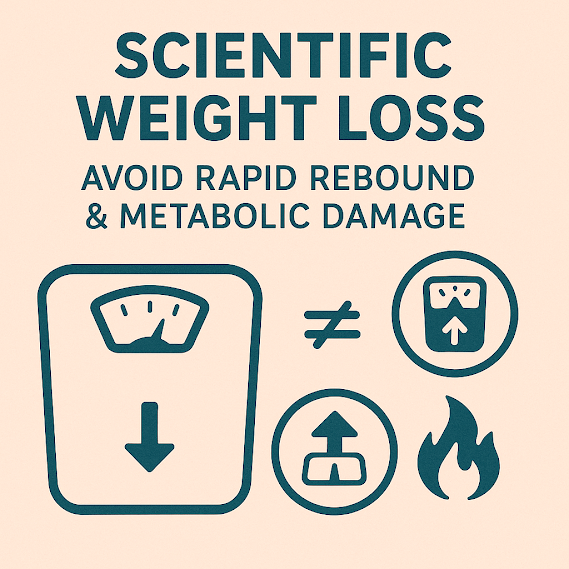What Body Shape is Considered Fat?
What Body Shape is Considered Fat?
When did I start feeling fat? Was it when I gained 10 kilograms? Or perhaps when I tried on a new bikini in a harshly lit fitting room? When do people begin to feel confused about their weight? Why do so many women worry about their weight, even when they don’t actually have an issue?
60% of Women Who Think They’re Fat Aren’t
If you asked 100 women to evaluate their figures in front of a mirror, over 80% would likely express dissatisfaction, believing they’re too fat. In reality, only about 20% are genuinely overweight. So what’s going on with the other 60%? Here’s a method to determine if your weight is truly excessive.
Super Simple Height-Weight Formula
The Broca formula is a straightforward way to calculate ideal weight. Subtract 100 from your height in centimeters to get your normal weight. A 10% fluctuation above or below is considered acceptable, while a 15% reduction is deemed ideal. The beauty of the Broca formula lies in its flexibility. If you tell a 1.8-meter-tall model her normal weight is between 72 and 80 kilograms, that slender, elf-like woman might be shocked enough to faint.
Waist-to-Hip Ratio: Below 0.8 is Not Fat
This ratio assesses whether the relationship between your waist and hip measurements is reasonable—meaning your waist should be smaller than your hips. The idealized 90-60-90 proportions are reserved for Playboy cover models or fashion icons. To calculate, divide your waist measurement by your hip measurement. For women, a result below 0.8 is ideal; for men, below 1.0 is fine. According to this method’s creators, you’re in the clear if you meet these standards.
BMI Formula and Standards
The Body Mass Index (BMI) is calculated by dividing your weight (in kilograms) by the square of your height (in meters). For women, a BMI of 20–25 is normal; for men, it’s 19–24. A BMI over 30 indicates obesity. For example, a 60-kilogram woman who is 1.6 meters tall has a BMI of: 60 ÷ (1.6 × 1.6) = 23.4.
What’s the BMI of a “Skeleton Model”?
A BMI between 19 and 25 is considered healthy. Below 19 is too thin—yes, that exists! According to the World Health Organization, a BMI below 19 is underweight, below 17 suggests anorexia, and below 13 is life-threatening. Many supermodels, standing over 1.8 meters and weighing just 50 kilograms, have a BMI around 15.4.
Factors Affecting BMI
High BMI values can be as concerning as low ones. A BMI of 25–30 is considered overweight, and over 30 is obese. Some lenient standards allow up to 30 as acceptable, but beyond that, it’s undeniably excessive.
BMI is the most widely used metric for assessing healthy weight ranges. It tends to increase with age: a BMI of 19–24 is ideal at age 20, while 21–26 is better at age 40. Age can sometimes be a slight advantage.
However, BMI should be used cautiously for athletes. It doesn’t distinguish between fat and muscle. For instance, Arnold Schwarzenegger, with his chiseled physique, often had a BMI of 31—technically obese. But his weight came from muscle, not fat. So, BMI isn’t always the full story.
Measuring Fat with Electric Current
Due to BMI’s limitations, some people measure fat content using bioelectrical impedance. A weak electric current passes through the body to measure resistance. Current flows more easily through water than fat, so higher resistance indicates more fat. The downside? This method mainly measures lower-body fat, often missing the upper body. If you’re slim up top but carry fat in your lower half, the results may not favor you.











Comments
Post a Comment